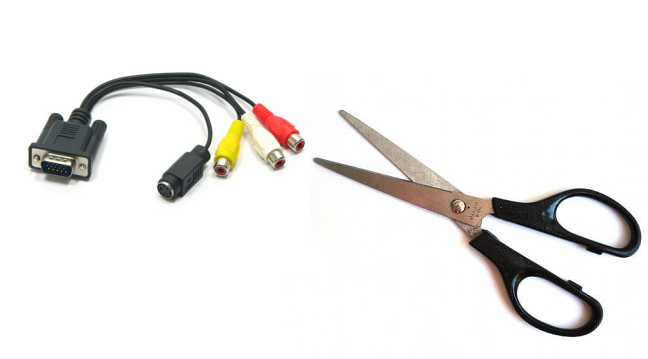 A recent study conducted by the Edelman PR group found that the general public doesn’t value entertainment content as much as it once did, and that consumers are increasingly disillusioned with companies that are making them pay for what they can find on the Internet. The firm’s fifth annual Value survey, Engagement and Trust in the Era of Social Entertainment, reveals that US and UK consumer value of the entertainment industry in general has fallen by 68-percent, and a mere 17-percent reported positive feelings.
A recent study conducted by the Edelman PR group found that the general public doesn’t value entertainment content as much as it once did, and that consumers are increasingly disillusioned with companies that are making them pay for what they can find on the Internet. The firm’s fifth annual Value survey, Engagement and Trust in the Era of Social Entertainment, reveals that US and UK consumer value of the entertainment industry in general has fallen by 68-percent, and a mere 17-percent reported positive feelings.
And we can at least partially blame this disappointment on the various platforms we can now access content from. Television and movie theatres used to have a vise-like grip over digital entertainment, but then along came the Internet. It isn’t only outlets like Hulu and YouTube that are stealing consumer attention; Edelman found that social networking sites are being considered a form of entertainment that people are fairly pleased with. “With so many forms of entertainment, consumers are spreading their attention across multiple platforms – leading to a decline in perceived value in any one format,” Edelman president of Western US region Gail Becker says.
So how can more traditional sources regain their footing? According to Becker, the best policy is to get on board with this division. Appealing to consumers’ love of various entertainment outlets is the best way to reach them. Users want access on their TV screens, from their gaming consoles, via smartphones or tablets, and PC. Given a taste of what this kind of connected entertainment experience can be like, anything else feels like we’re being boxed in.
And providers are catching on. Comcast recently announced it is testing an IP-TV service that brings users a social media element to their viewing habits while also offering up features like apps and personalization. Comcast also has ambitions to stream live programming over the Internet. These types of developments come just in time: A recent Nielson study found that TV set ownership dropped for the first time in 20 years, and cord-cutters are on the rise. The Edelman study also confirmed what we’ve all generally accepted to be true – people don’t want to pay for entertainment anymore. “Paywalls created by entertainment sources for previously free services are being met with feelings of frustration and distrust by users.”
Which makes sense: As a consumer immersed in amazing technology and innovative devices that offer access to entertainment in new ways, it’s incredibly frustrating to have that content blocked or taken away. Not being able to use these products to their full potential is maddening. It’s like giving a kid a piece of candy only to snatch it back before he can open it – and then watching him cry. It’s clearly gotten to a point where a growing number of consumers are willing to simply go without and cut ties with their big providers and search for alternative outlets. But this can’t last much longer: Traditional outlets are losing customer satisfaction and revenue will follow.
Editors' Recommendations
- If you don’t see CBS in 4K on YouTube TV, try this
- The ‘streaming wars’ aren’t what you think
- Netflix subscribers run into fewer service problems, new study finds
- Why Disney+, HBO, and other streamers don’t want you to binge


